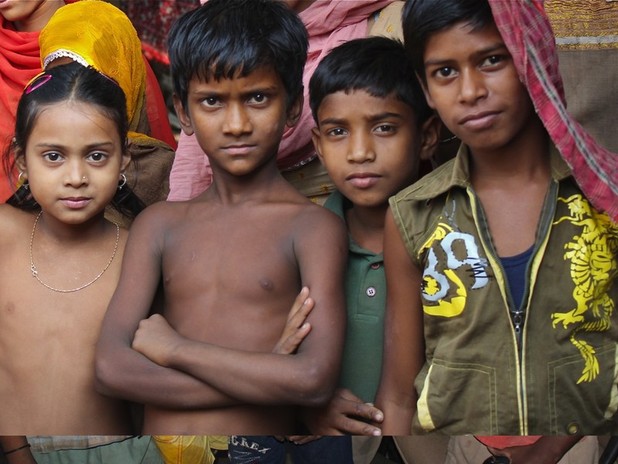October 26, 2011
IDEO.org Fellow Emily Friedberg gives an update from Delhi, India, where the Rockefeller Team is utilizing the Human-Centered Design method of in-context immersion at youth community centers throughout the city.
In the past few days of our work in Delhi, we've met with a number of organizations that work exclusively with young people, including the Samarpan School, Vidya and Child, and Manzil. All three organizations work with a broad range of youth, from ages 4 or 5 all the way up to 25. All of the youth that these organizations work with are from disadvantaged backgrounds. Many of these children live in slums and their parents have a range of jobs, including: street sweepers, waste pickers, electricians, plumbers, and domestic help for Delhi’s wealthy families. The children come to these organizations instead of, or in addition to, going to government schools. While here in the program they learn English, computer skills, and the broad array of “life skills” that seem to be paramount in building confidence, self-worth, and the ability to adapt to and cope with their futures.
Throughout this project, the IDEO.org Rockefeller team has been discussing the differences between youth and adults, their characteristics and their comparative advantages. But what struck me most about interacting with youth over the last few days here in Delhi is the overwhelming joy, optimism, energy, ambition, and hope that they display as a regular matter of course, especially considering the hardships and realities the kids we're meeting experience every day. Seeing the Samarpan children in school and then visiting their homes in the surrounding neighborhood gave us a stark view into their daily lives which, are marked by close quarters, lack of sanitation, and filled with the work of cooking, cleaning, and fetching water.
The adults who run organizations like Samarpan School, Vidya and Child, and Manzil also seem to find incredible reward in the energy and joy they get from the youth. Ravi Gulati, who runs Manzil, loves the happy and illogical way young people interact with each other, and enjoys helping them through the “sharpness” of experiencing things for the first time.
What's really interesting is the long view that the adults who work at these organizations have. The ones we spoke with believe that they are working not only for this generation, but also for the next. Young people today are the parents of tomorrow. The more they are helped to grow; the more confidence they gain and the further along in their education they are able to get, the more they will be able to pass along to their own children.









